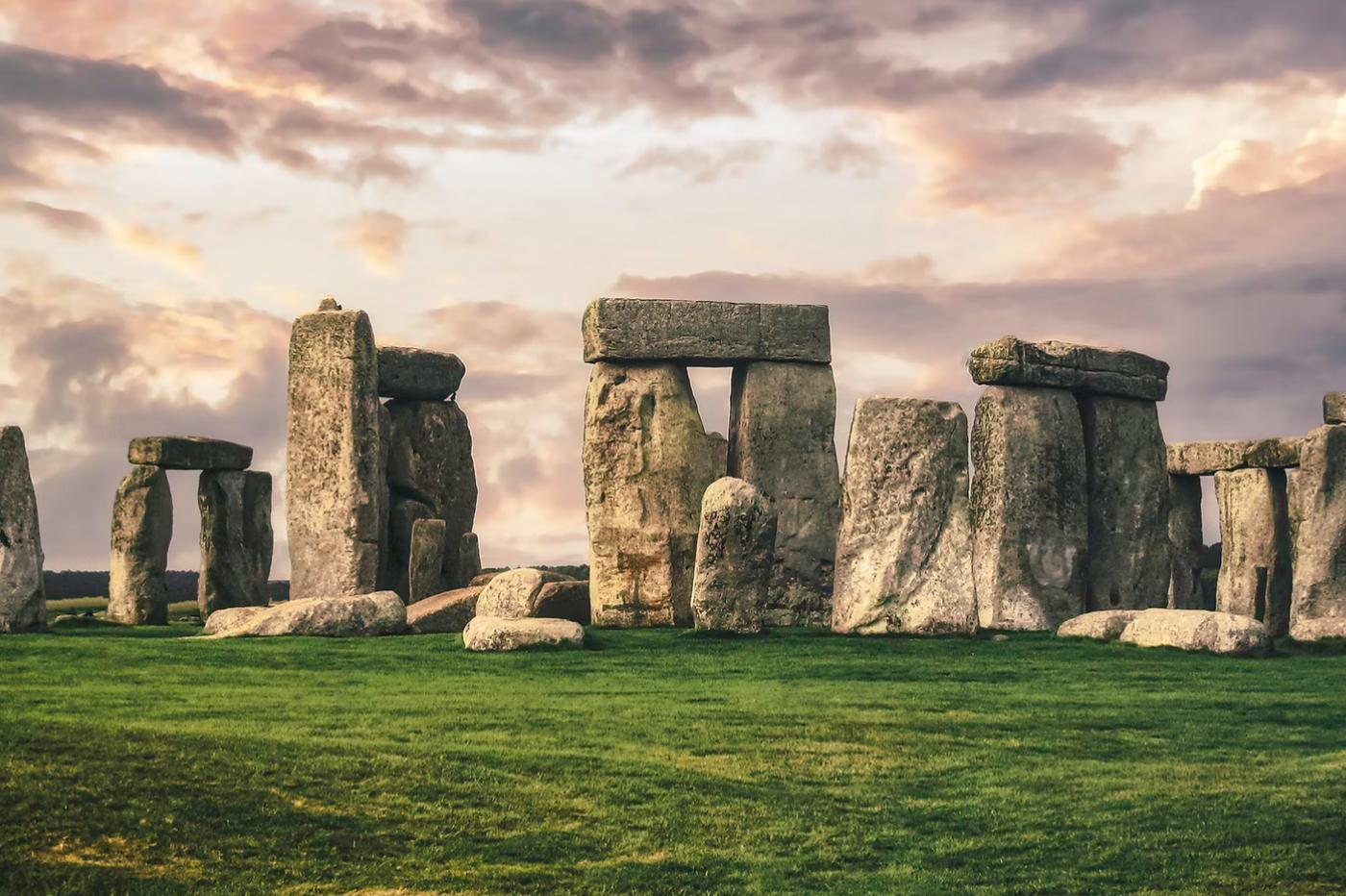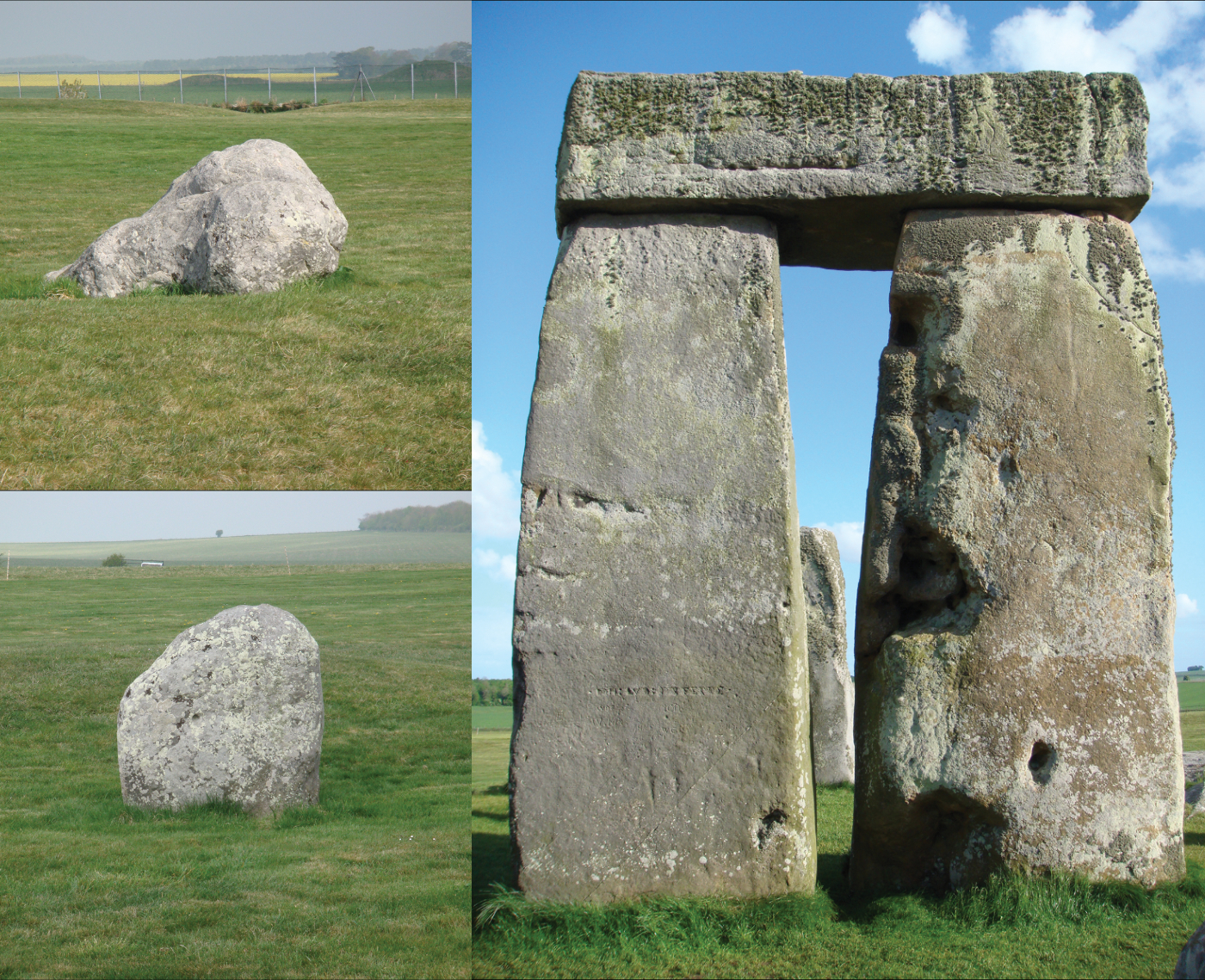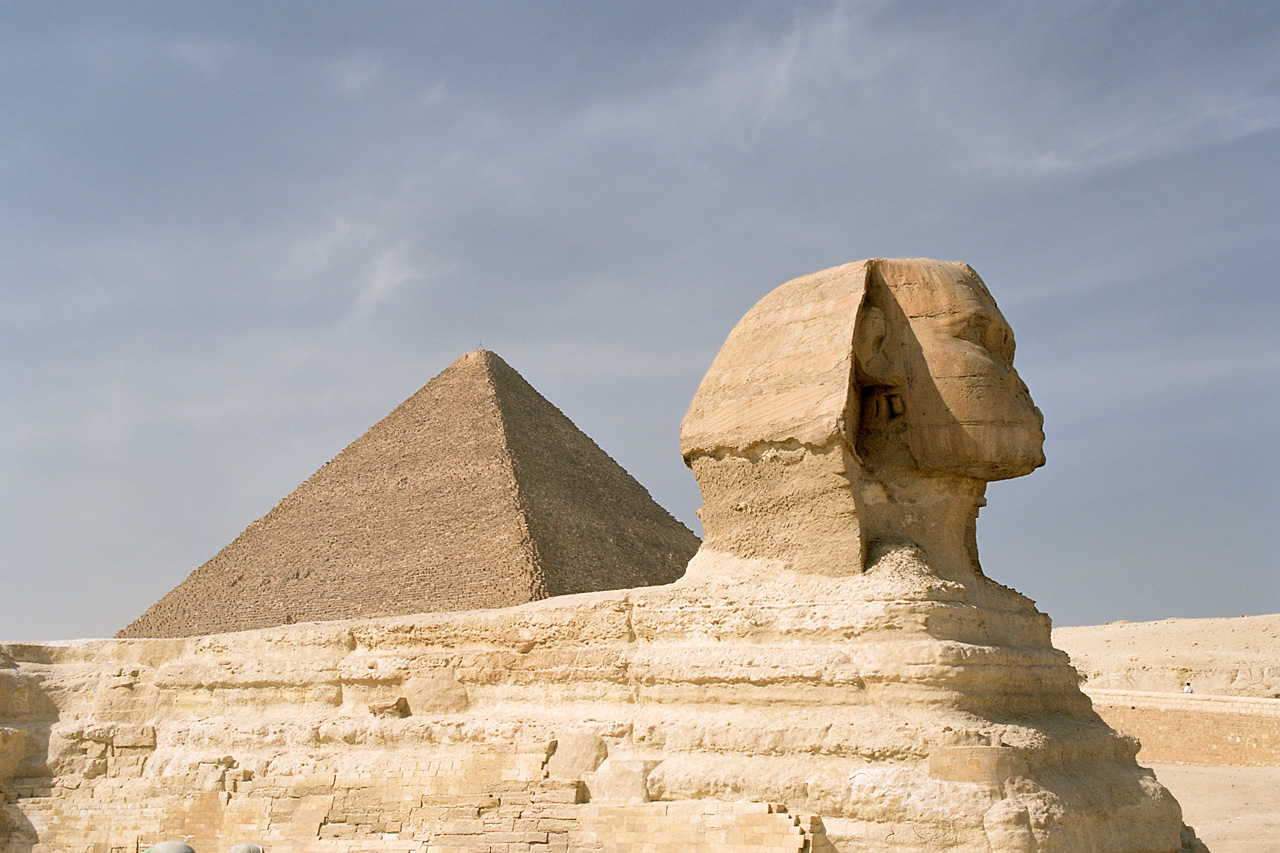
Stonehenge still hides many mysteries, but its role as a solar calendar seems more plausible than ever.
Stonhenge is one of those historic sites that go far beyond the framework of the scientific community. Her legendary figure has gradually established itself as a staple of pop culture; naturally, enthusiasts from all walks of life and specialists have therefore been interested in its role for decades, without however reaching a clear conclusion. But the latest work of an English researcher could well bring us closer to the definitive answer.
It all starts with Timothy Darvill, a researcher from the English University of Bournemouth. Like many of his colleagues, he has always been fascinated by this circle of sandstone stones erected for no obvious reason in the middle of the green plains of Wiltshire. A rare enough fact to be underlined, he therefore embarked on a solitary study which produced very interesting results: for him, Stonehenge was probably a solar calendar of formidable precision for the time.
This basic idea was not proposed by Darvill, far from it. This is a possibility that has already been considered for ages; all it takes is a simple search with the keywords “stonehenge” and “calendar” on the academic search engine Google Scholar to find more than 8000 papers that refer to the subject. We even find traces of this hypothesis in historical documents dating from the Eighteenth century.

A solar calendar based on the equinoxes
But so far, no one has managed to offer enough tangible elements to decide. To achieve this, Darvill set himself a challenge of astonishing simplicity: to confirm that it is indeed a so-called tropical solar calendar – that is to say defined from the equinoxes – it would suffice of in dissect the operation and succeed in using it. And that is precisely what he sought to do.
He started by starting from scratch by looking at the structure as a whole. In his press release, the researcher recalls that these particular stones – we speak of sarsens – were arranged according to this configuration around 4500 years before our era. According to Darvill, the fact that all the sarsens come from the same region and that they have not moved since confirms that they are indeed part of the same functional unit.
Once this base was established, he took a closer look at each stone. He remarked that their layout could indeed match that of other ancient structures whose calendar role has already been identified with certainty. “This theoretical calendar works in a very straightforward way. Each of the 30 stones in the sarsen circle represents a day in a month, itself subdivided into three weeks every ten days ”, says Darvill.

Subtle adjustments for high precision
But as we know today, this simplistic cycle does not really correspond to reality. To make Stonehenge stick to the tropical calendar, two more elements were missing; it was still necessary to define an intercalary month of five days and a leap year every four years. And Darvill claims that he also identified these elements in the structure of the monument.
He believes that the five days of this famous intercalary month are represented by the five triliths (‘arches’ made up of two vertical stones and a horizontal piece) arranged in the center of the circle. The researcher was also interested in the Station Stones. It is a set of four remarkable stones arranged at the “corners” of the imaginary square that surrounds the circle of Stonehenge. For him, these elements were marked each year to follow the course of leap years.
With this configuration, the solstices would be framed each year by the same stones. The winter solstice, in particular, would be very precisely definedt thanks to the alignment of a trilith specially adjusted for the occasion. This is a particularly ingenious arrangement. Indeed, the researcher explains that this alignment allowed its designers to calibrate their calendar with great precision; the slightest error would have been immediately visible since the sun would then be in the wrong place at the time of the solstice.

A cultural heritage from the end of the world?
In the end, all the pieces of the puzzle seem to fit together without forcing. So can we say that the mystery of Stonehenge has been solved once and for all? Almost, but not quite yet. To be able to affirm it with an almost absolute certainty, it would be necessary to be able to determine the cultural origin of this calendar; an indispensable condition to affirm that Stonehenge was indeed erected for this purpose. And Darvill has his own idea on the matter.
“Solar calendars of this type were developed east of the Mediterranean after the year -3000 and were adopted as civil calendars in Egypt around -2700”, explains the researcher. “This raises the possibility that the calendar materialized by Stonehenge may have come from the influence of one of these cultures.”.
Now, the professor hopes that future work could reveal the existence of concrete links between these civilizations. And with a bit of luck, this may help to definitively confirm the origin, role and exact functioning of this iconic monument.
The text of the study is available here.



